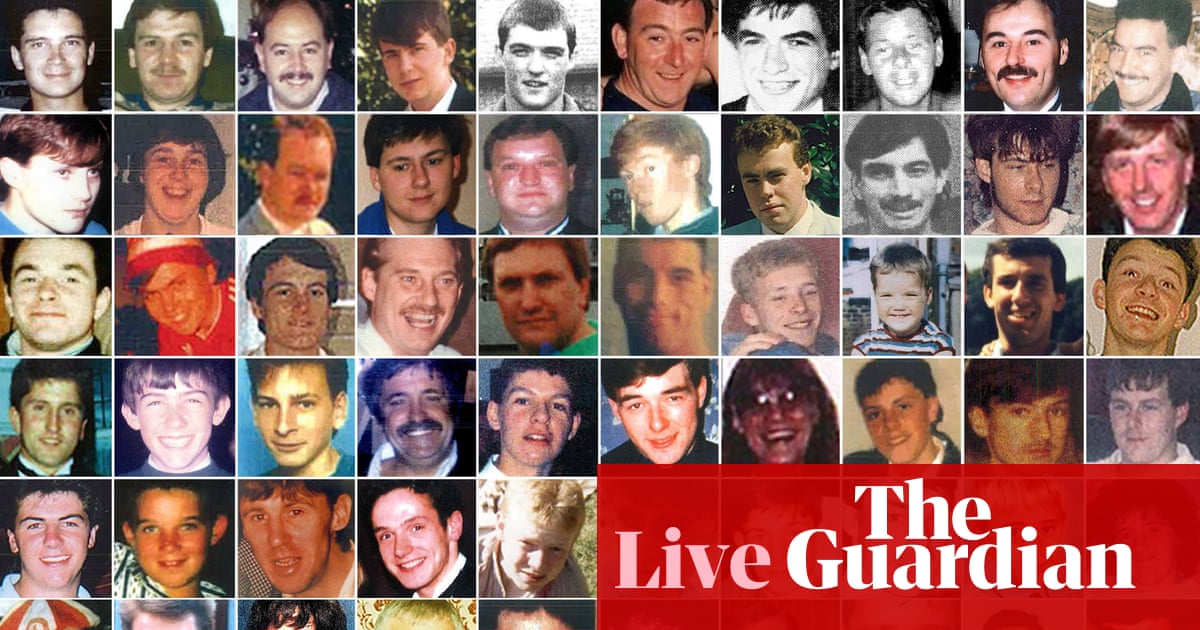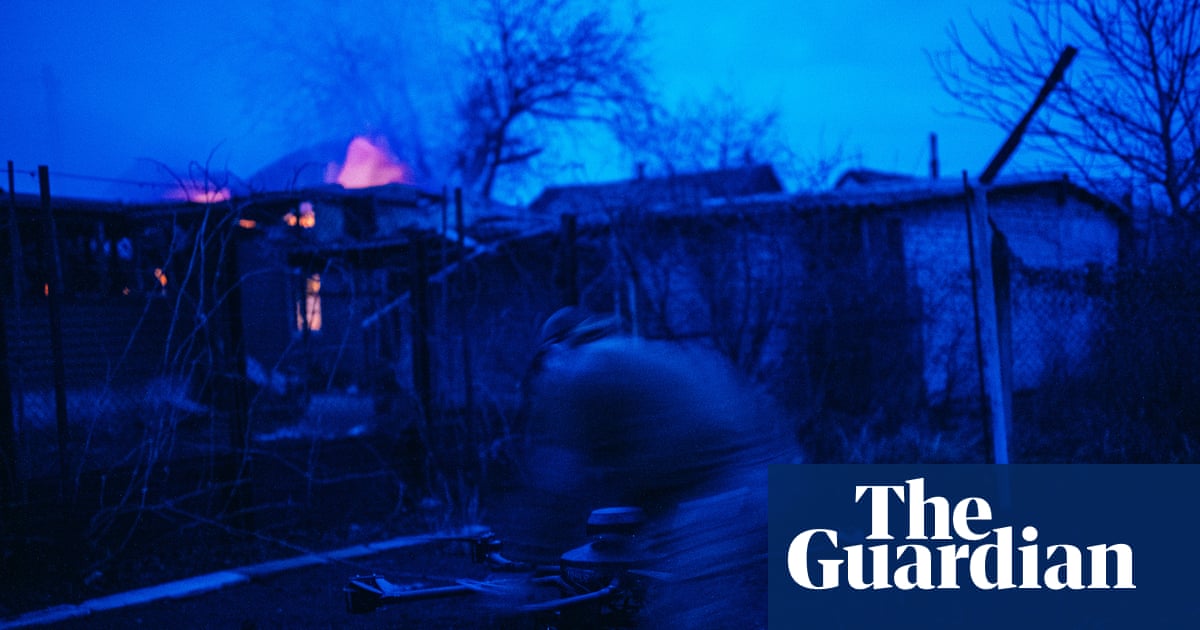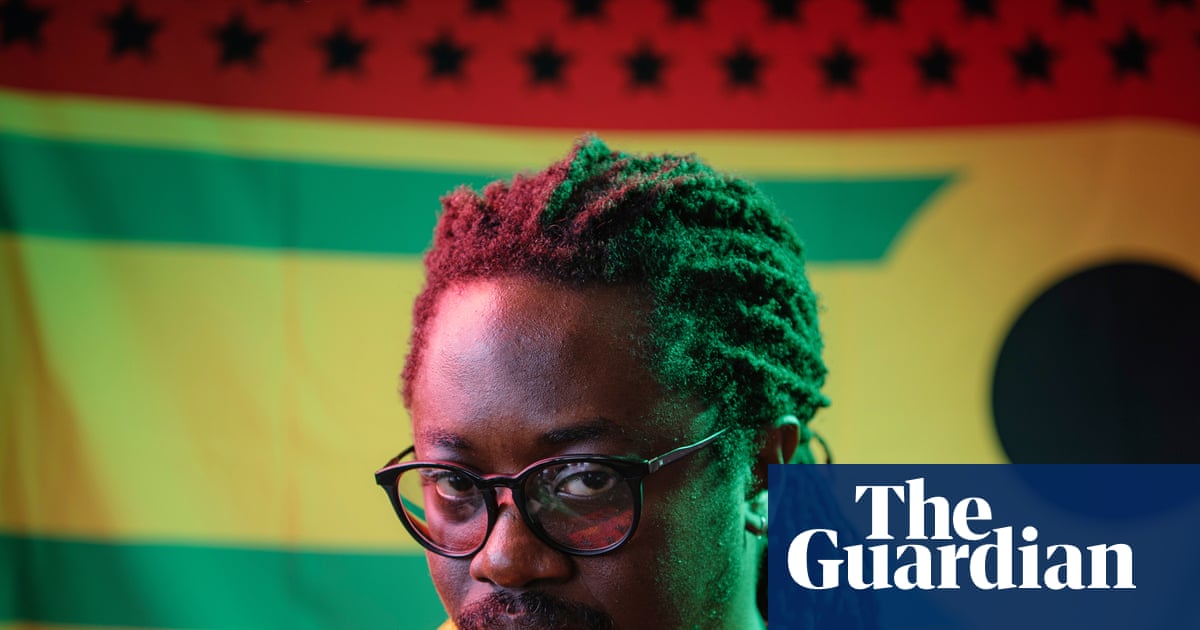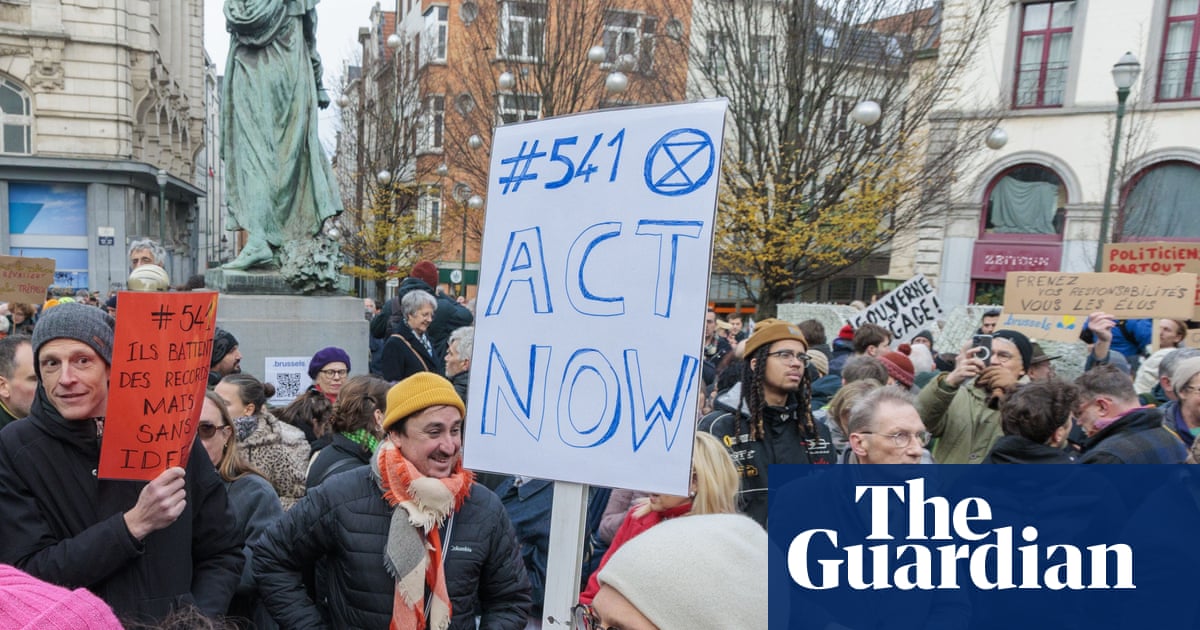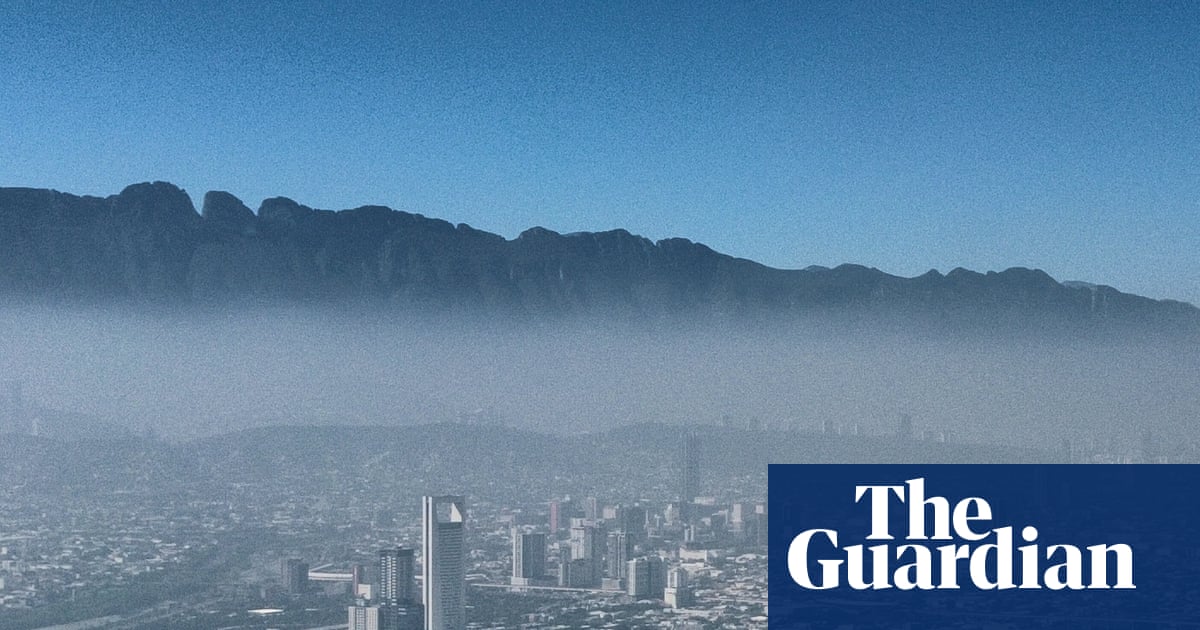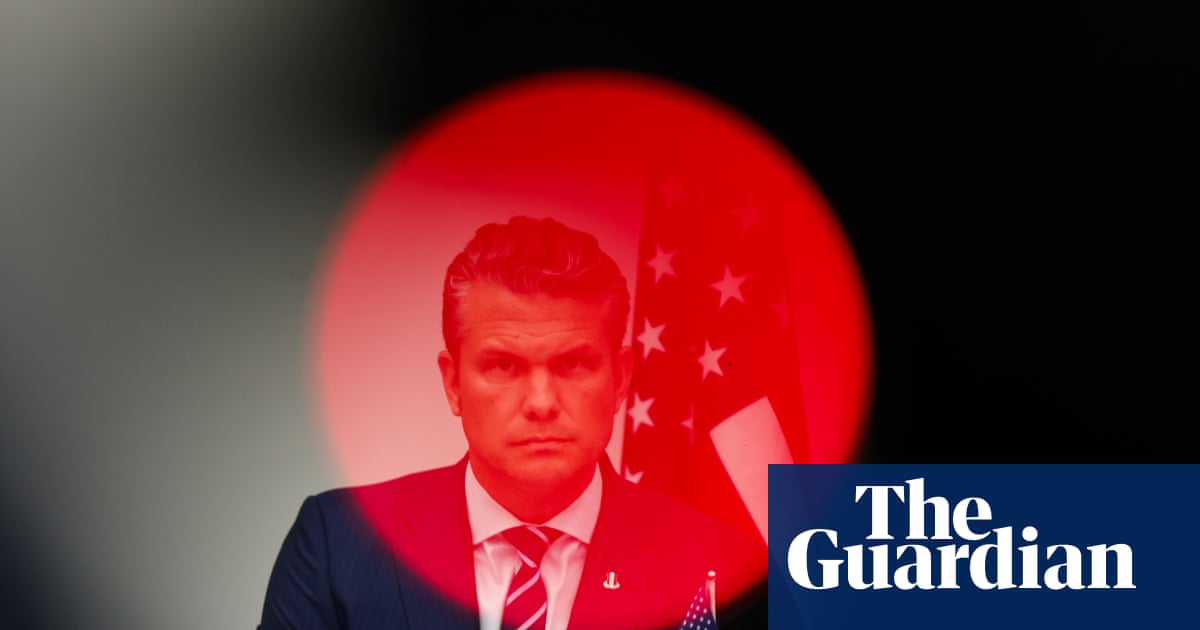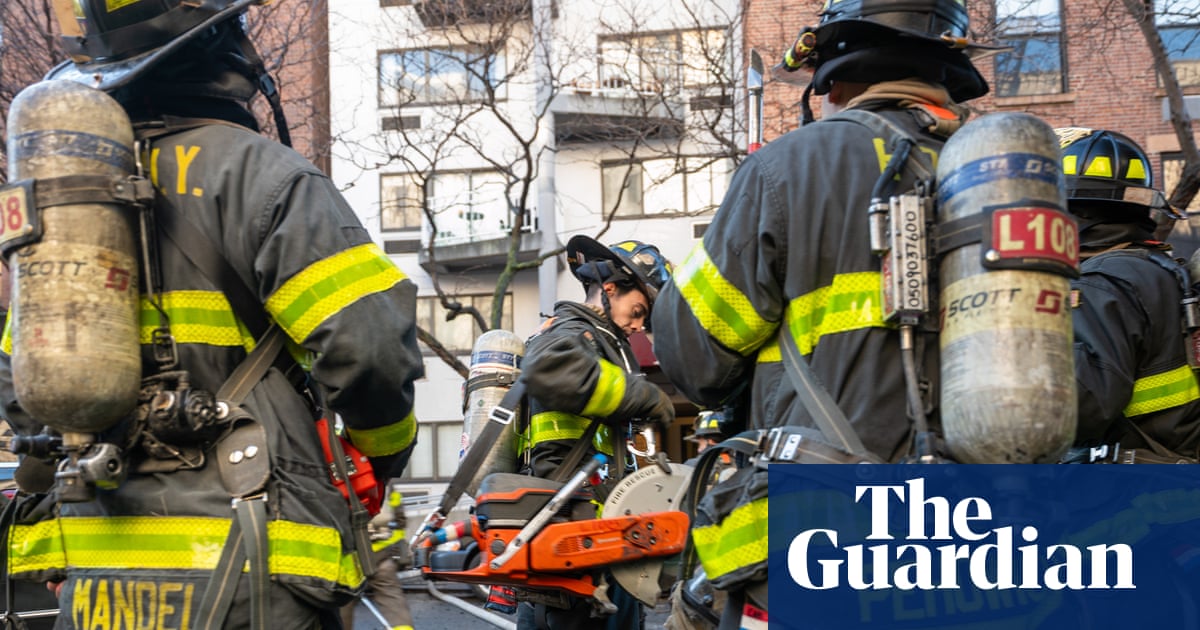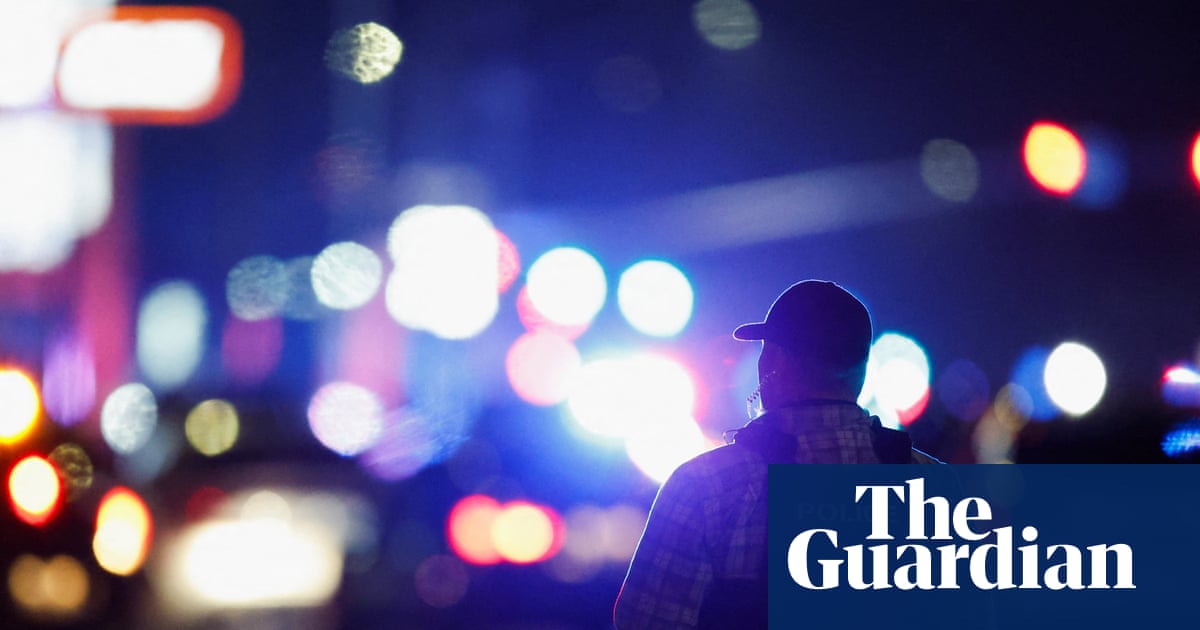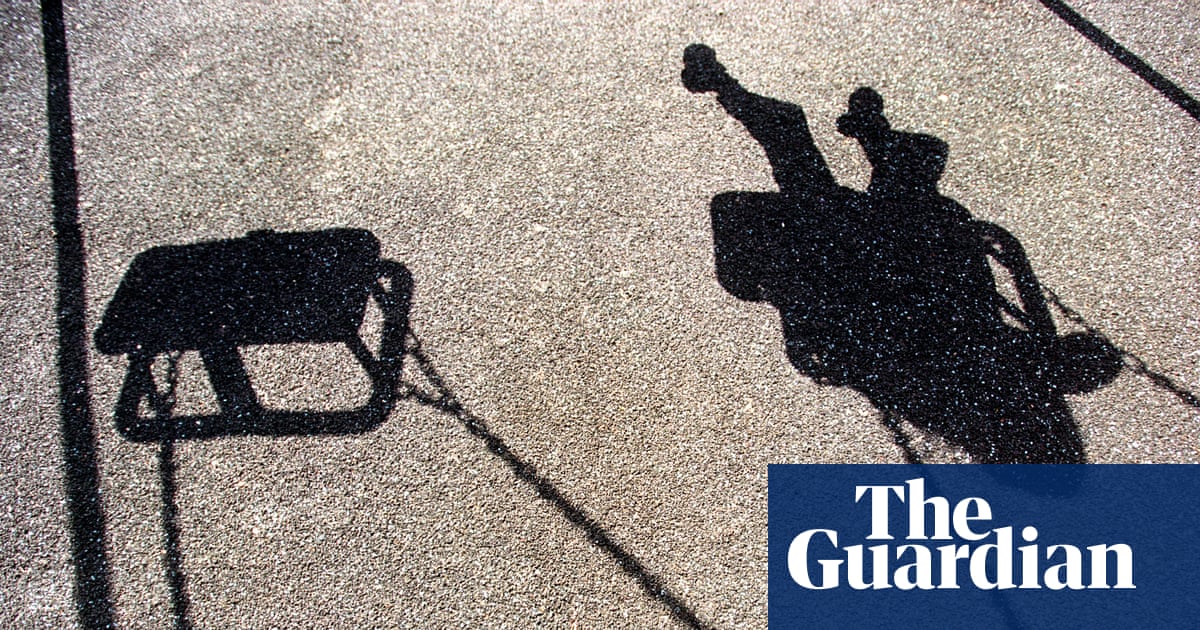Hamas is likely to provisionally accept Donald Trump’s Gaza ceasefire proposal in the coming days – but only on condition there are significant revisions of some of its key elements, analysts and sources close to the group say.
Trump imposed a deadline of “three or four days” from Tuesday for Hamas to give its response to his 20-point plan, which aims to bring the two-year war in Gaza to a close and allow an apparently indefinite international administration of the devastated territory, or “pay in hell”.
Mkhaimar Abusada, a political scientist from Gaza based in Cairo, said Hamas now had to “chose between the bad and the worst”.
“If they say ‘no’, as Trump has made clear, that will not be good and will allow Israel to do whatever it takes to finish this. They will say “yes, but we need this and that”, Abusada said.
Hugh Lovatt, senior fellow at the European Council on Foreign Relations, said it would be very difficult for Hamas to accept the terms unconditionally. “That is understandable. The text lacks details. But then anything other than total and final acceptance will be used against Hamas by Israel, the Trump administration and possibly the Europeans,” he said.
Benjamin Netanyahu, Israel’s prime minister, has accepted the Trump plan, which has incorporated many of Israel’s principal demands and was formulated without consulting Hamas.
Netanyahu, who is wanted for alleged war crimes by the international criminal court committed during the Israeli offensive in Gaza, has said Israel would “finish the job” if Hamas rejected the proposal or slowed their implementation. In March, Israel unilaterally broke a two-month ceasefire, refusing to move to a scheduled second phase that could have definitively ended hostilities.
Hamas leaders are divided between Istanbul, Doha and Gaza, which complicates discussions on the group’s response. Turkey and Qatar are putting pressure on Hamas to make concessions.
One sticking point is the plan’s demand that Hamas disarm, a source close to the organisation said. The surrender of all weapons would be very difficult for Hamas to accept, especially without any political process or substantial progress towards a two-state solution.
“There are different trends within the movement. The membership in Doha tends to be more pragmatic, especially compared to the military leadership in Gaza. There is an obvious need to have the buy-in of the military win, and the rank and file fighters,” said Lovatt.
The war was triggered by the Hamas raid into southern Israel that killed 1,200 people, mostly civilians. About 250 were taken hostage, of whom 48 remain in Gaza, though fewer than half are still alive.
More than 66,000 people, mostly civilians, have been killed by Israel’s offensive in Gaza, much of the territory reduced to rubble, and most of the 2.3m population displaced many times.
Trump’s proposal will require the militants to release all Israeli hostages within 72 hours of a ceasefire coming into effect, the gradual withdrawal of Israeli military forces to a buffer zone along the perimeter, and a surge of humanitarian aid. It also requires Israel to free more than 1,000 Palestinian prisoners, many serving life sentences, which Hamas could frame as a significant win.
Another significant concern for Hamas is the vague promise of Israeli withdrawals, though the clear statement that there will be no annexation or occupation of Gaza by Israel was welcomed.
Some analysts say divisions within Hamas are often exaggerated.
“I don’t think there is a real split between Gaza, the West Bank and the outside leadership. They all agree on opposing the disarmament because the armed struggle is such a deep principle in their nature and identity,” said Michael Milshtein, an expert in Hamas at Tel Aviv University.
Hamas has suffered very significant losses in the war. Thousands of fighters have been killed, along with almost all senior military leaders. A report by ACLED, the independent violence monitoring group, found at least 40 commanders and key operatives in Hamas’s military wing have been killed by Israeli airstrikes since March. Their deaths have left only one senior commander from Hamas’s pre-7 October military council still in command, ACLED said.
But Hamas continues guerrilla operations and maintains fragments of governance in the absence of any alternative. Humanitarian officials in Gaza said the group still had a strong presence in Gaza City, the “central camps” farther south and the coastal zone of al-Mawasi.
Hamas, which was founded in 1987, has recruited thousands of new fighters who, though inexperienced and poorly equipped, can inflict casualties on Israeli forces.
Milshtein said that, according to military sources, 90% of Hamas commanders had been killed, 97% of its rockets destroyed or launched, but only 40% of the group’s extensive tunnel network had been destroyed.
“Hamas have adjusted to the new conditions. They are active in areas where the [Israeli military] has declared Hamas is totally defeated, but you can’t totally erase Hamas. They have metamorphosed and they have survived,” Milshtein said.
Some within Hamas are committed to rejecting the Trump plan outright.
“There is a trend from the military wing, especially the younger fighters, which wants to keep fighting,” Lovatt said. “Their view is that Israel is struggling strategically: the mobilisation of reservists is a huge burden, elections are due within a year or so, there is growing international and domestic pressure … So, for them, it’s just a question of who will hold out the longest.”

 2 months ago
61
2 months ago
61
